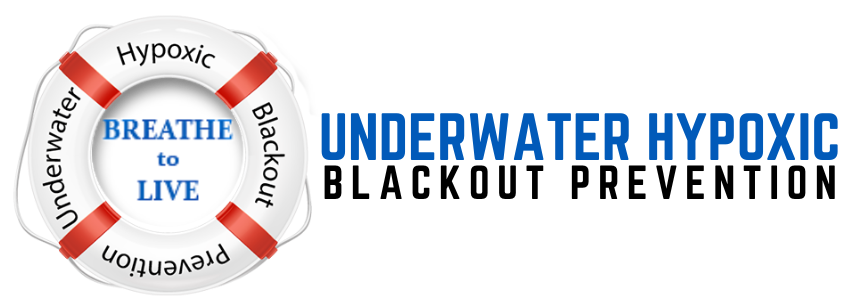It’s Not Just About Elite Swimmers, Freedivers and People Who Spearfish. Children Are Equally Susceptible to Shallow Water Blackout Too!
According to the World Health Organization there are over 375,000 drownings annually and it is the third leading cause of all unintentional deaths worldwide. Even though awareness about SWB is increasing, but slowly, experts believe that it remains the cause of more than 50% of all unintentional drownings worldwide and regrettably children are among its many victims. One in five people who die from drowning are children 14 and younger. The Centers for Disease Control reports that for every child who dies from drowning in the U.S., another five receive emergency department care for nonfatal submersion injuries. Most drownings occur is private or public pools.
SWB occurs when the swimmer prolongs their breath holds underwater preceded by hyperventilating, which is the rapid and successive in-take of deep breaths and the expulsion of the air taken in. This is considered intentional hyperventilation and it is usually practiced for a minute or more. Excessive physical activity such as playing tag or just running around in the yard or playground immediately prior to swimming can have the same physiological effect on the body. This is considered unintentional hyperventilation.
Unless a SWB victim’s pre-swimming activities are known it is almost impossible to assign SWB as the cause; therefore, related drowning victims are simply labeled as accidental. Although it can happen at any depth many SWB victims drown in water less than 15 feet deep, hence the name.
How Can SWB be prevented:
Always monitor a child’s pre-swimming activities and require them to rest before swimming if they have been over-exerting themselves physically.
Never let children swim unattended or alone.
Never permit them to intentionally hyperventilate when they are swimming.
Never permit them to prolong their breath-holds or play breath-holding games when they are swimming.
Examples:Challenging each other to see who can stay under water the longest or trying to do so themselves.
Challenging each other or themselves to swim the most laps underwater.
Remember, Shallow Water Blackout is preventable and we strongly encourage all parents to follow the above guidelines.


